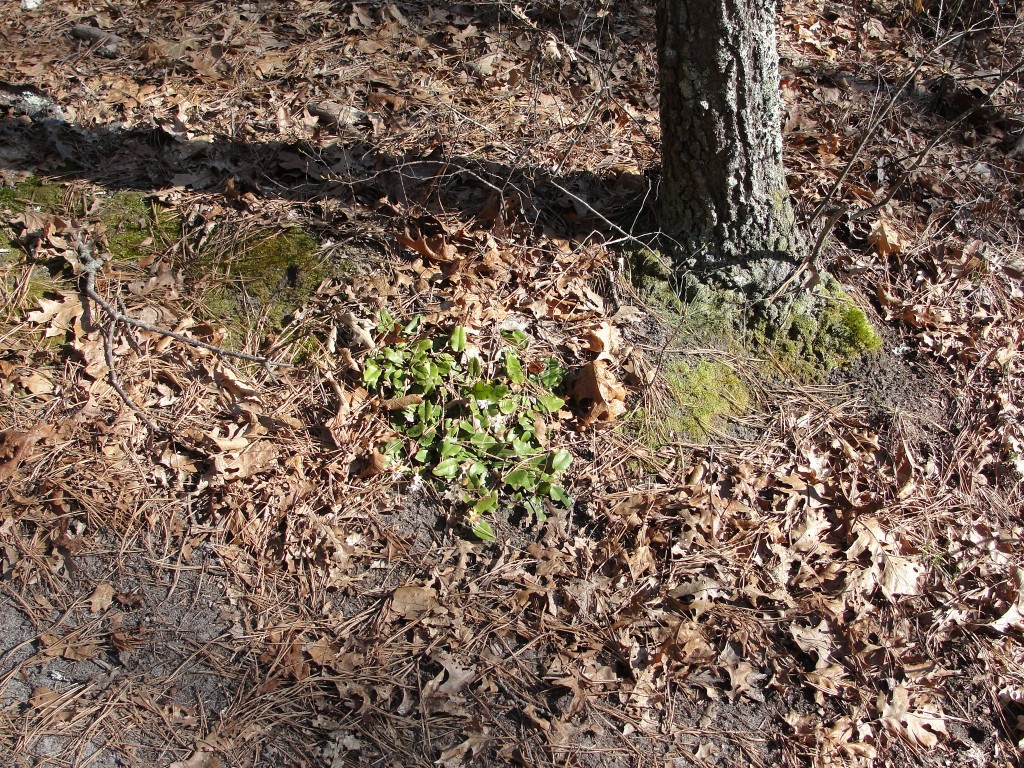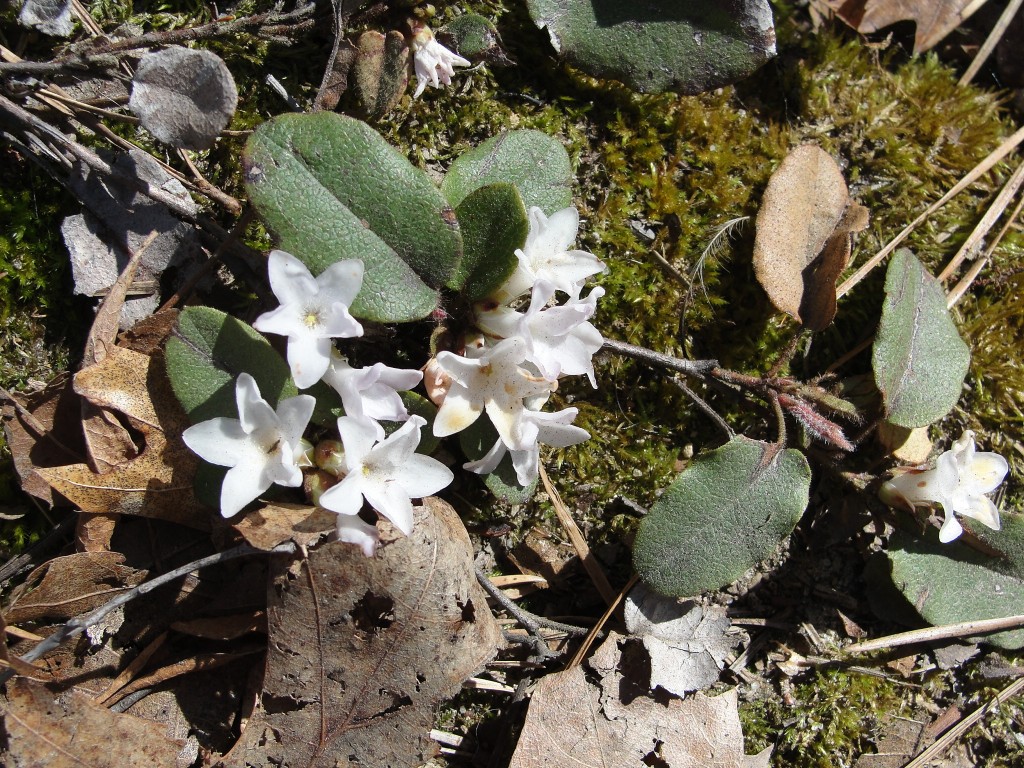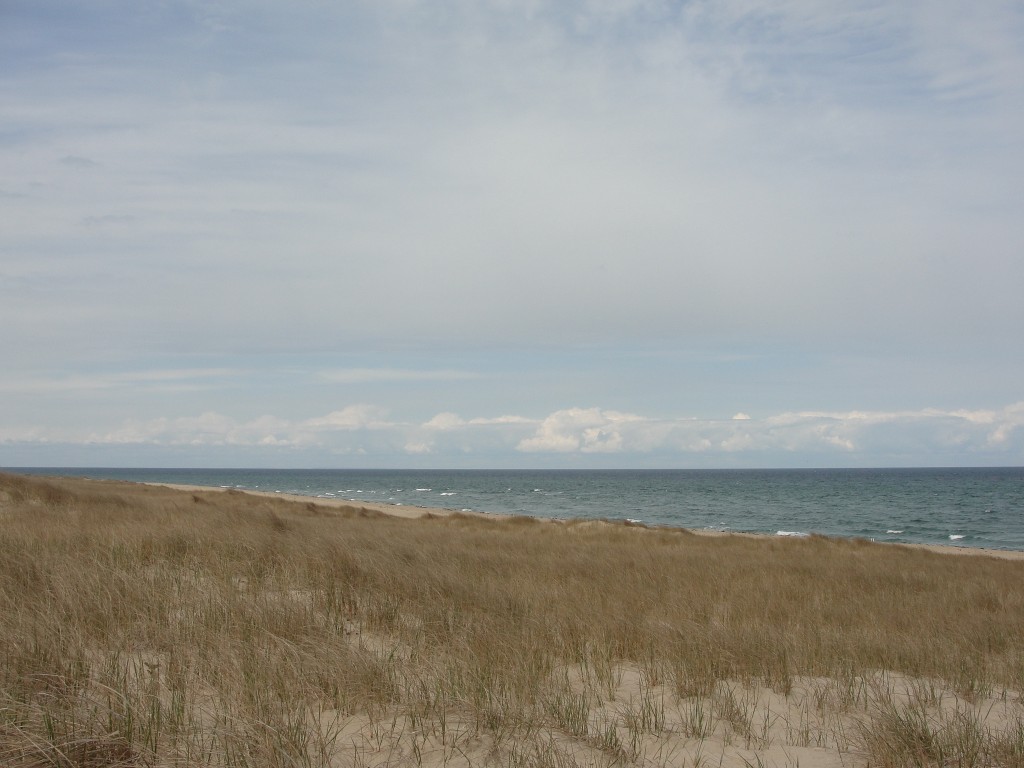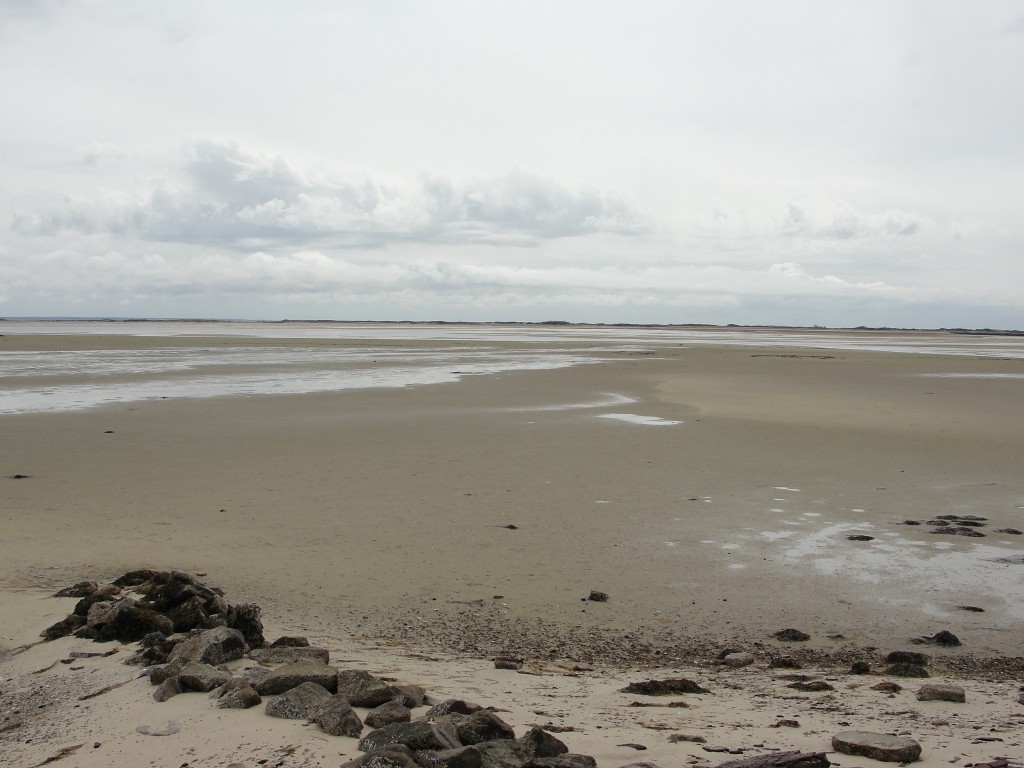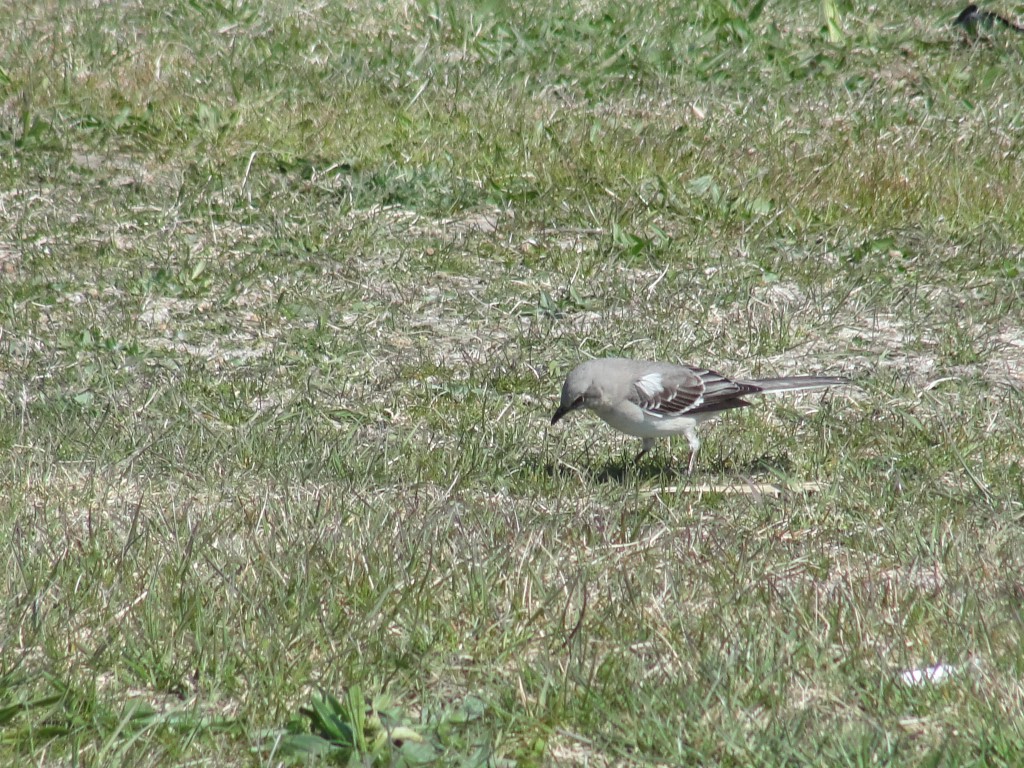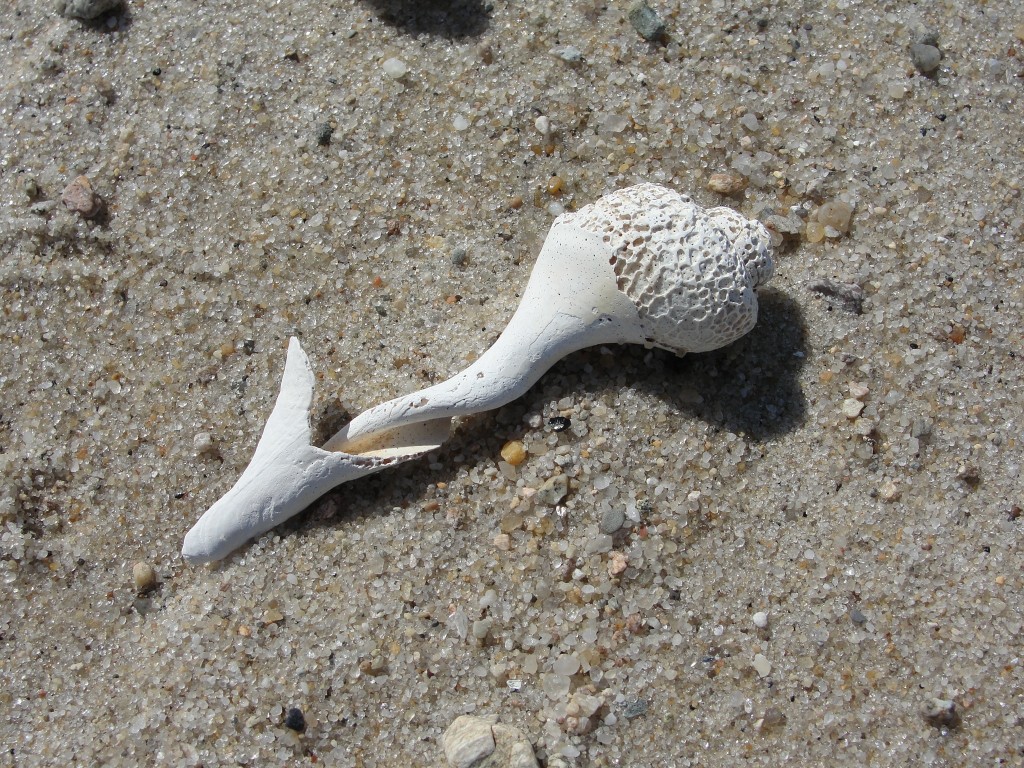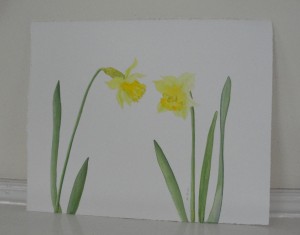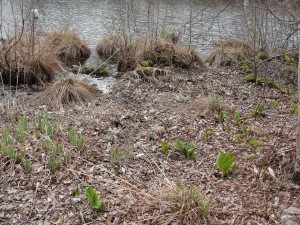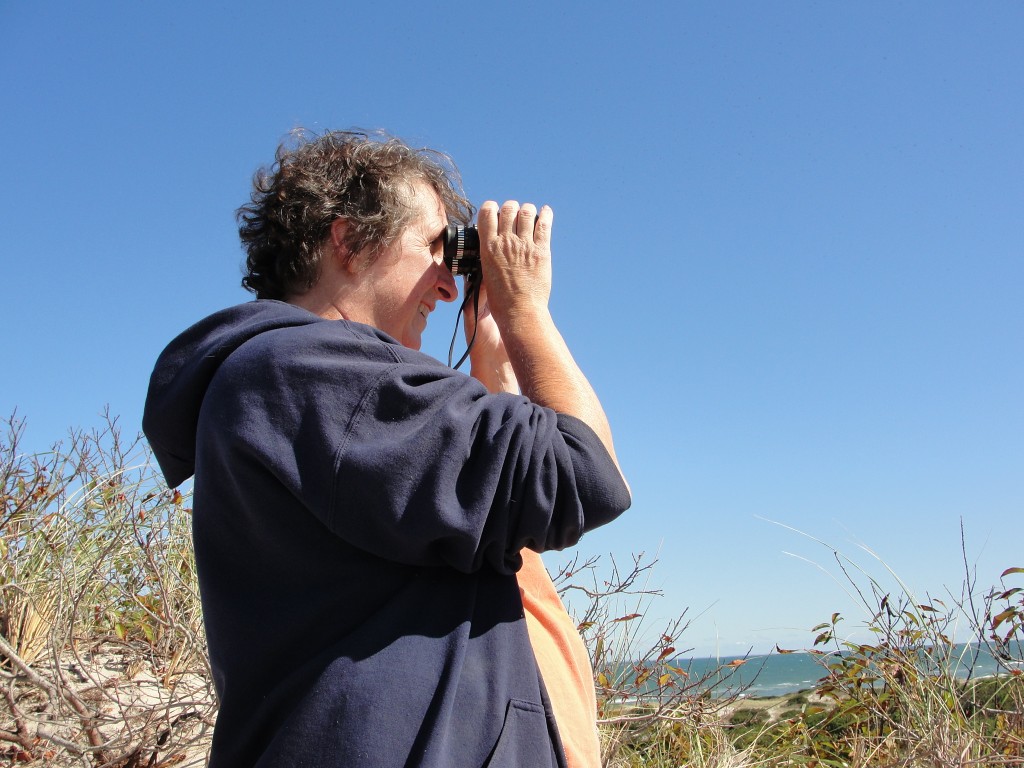Although technically I spotted my first mayflowers in March today I saw them blooming everywhere. Mayflowers are the state flower of Massachusetts and they are a quiet little blossom that many people probably walk right by.
Usually you find them in patches along the sunny side of a trail. They like rather poor growing conditions and are often half buried by winter’s twigs and leaves…in the picture below the mayflowers are in the middle of the frame..
They don’t look like much, do they? But get down close to them and they are lovely and elegant and they smell wonderful…
Their leaves are often tattered and brown looking but you can often find new leaves forming, too. The leaves are tough and sort of hairy feeling. The blossoms are somewhat waxy and able to survive the changing weather that often marks our springs.
Also called trailing arbutus, mayflowers almost always bloom in April, which somehow amuses me. Maybe they bloom in May in other places but usually by May the blossoms here are gone.
You can find mayflowers in many of the Cape woodlands, especially those that have ponds –which is most of our woodlands.
While looking for mayflowers take note of the little Canada mayflower leaves that are beginning to poke up through the pine needles. Also, watch for the red unfurling leaves of sarsparilla, one of my favorite and most whimsical spring woodland flowers.
This is such a great time of year to get out and about–migrating birds are arriving almost daily, toads are trilling and everywhere you look new life seems to be opening up.
Do keep watch for ticks if you hit a woodland trail–they are everywhere already.

